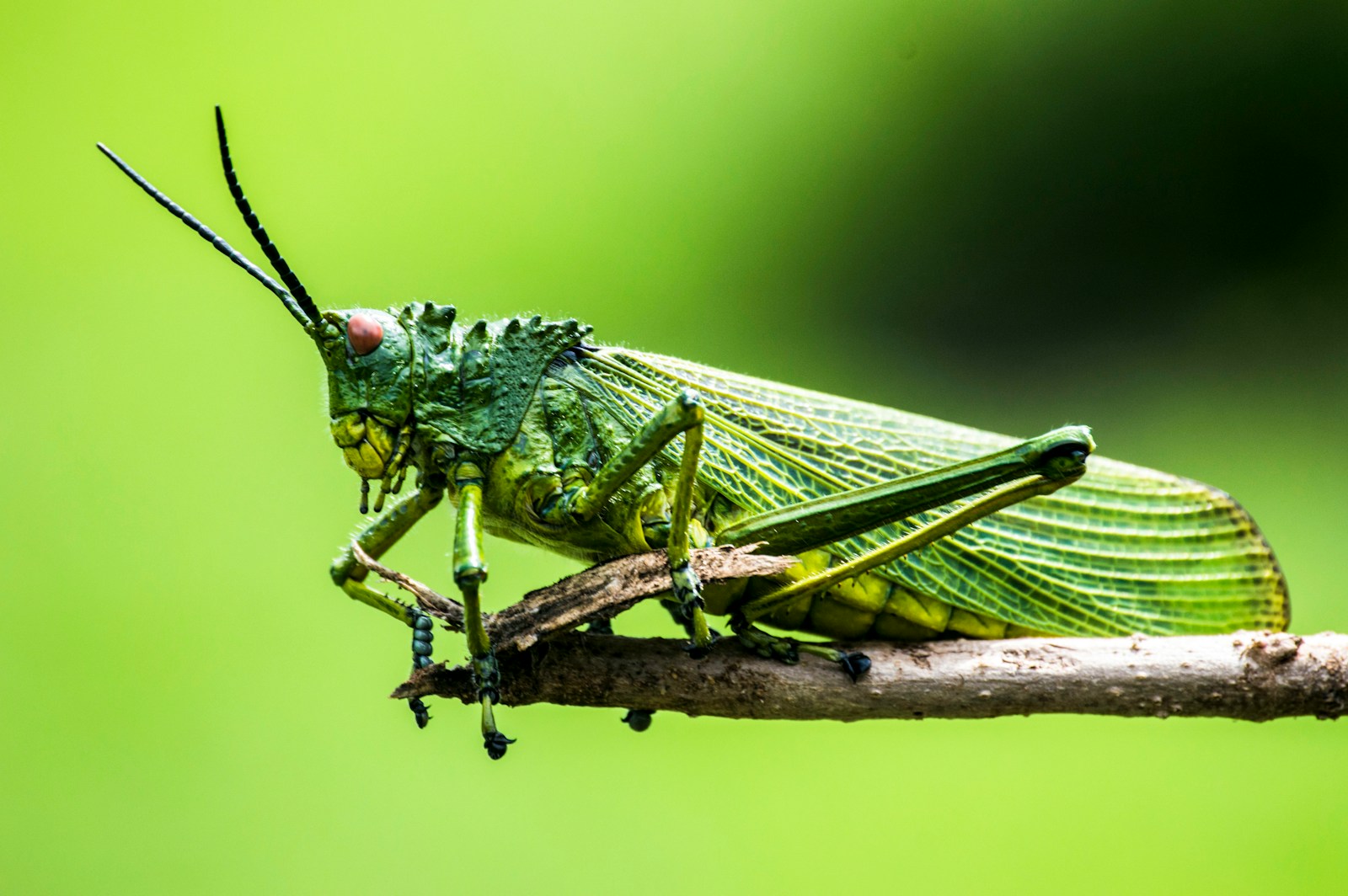Introduction to Insects
According to a 2016 survey, 25% of the American population is scared of insects. I mean, I don’t blame them. Insects creep and crawl, sting and suck blood, and some species are also pests. But what if I told you that we rely on insects daily? It’s true. One-third of the foodstuffs on your dinner plates wouldn’t exist without the amazing pollinator insects. Insects are also an amazing clean-up crew of Earth. They are excellent decomposers and help recycle nutrients.
Around 75% of all animals on Earth are insects, with around 2 billion species. In total, there are around 10 quintillion insects out in the world at a time. They come in all shapes and sizes but are usually all made out of a head, a thorax, an abdomen, wings, and legs. Insects live on all 7 continents, and some live in the oceans. Insects are everywhere.
Eating Insects!?
When you first meet an insect, you’re probably not going to think of how delicious they are (unless you’re starving, or you actually like eating insects), but did you know that over 2 billion of the population eat insects as a daily diet? Insects are usually known to be filthy, with way too many eyes, so why would anyone eat them? Well, there are three main reasons. The first is for their nutritious value, the second is for their accessibility and low cost, and the last reason is that eating insects is better for the environment.
Nutrition Value
Nutritious?! You might ask, but did you know that insects are among the best sources of protein? Crickets, for example, have more calcium than milk, and more B12, a vitamin responsible for making red blood cells and DNA, than salmon. Insects have healthy and accessible amounts of all three macronutrients, plus all nine necessary amino acids. They also have a lot of iron and zinc.
Accessibility
As I talked about, there are a whole lot of insects in the world. This makes insects way more abundant than other livestock, and way more accessible in harsh environments.
Environmental Benefits
Do you want to know how much space, food, and water it takes to raise livestock? Well, it’s a lot. To raise 1 kilogram of cricket, you only need 1700 grams of feed, and less than 1 liter of water, which is way less than 8,000 grams of feed and 15,500 liters of water required for beef. This saves resources and space since cows need a lot more space for roaming and feeding than insects like crickets.
Flavor?
If you want to know how insects taste, you should try it. There are a lot of different kinds of insects, therefore there are many different kinds of flavors. According to Nebraska Extension in Lancaster County, “Raw termites taste like pineapple and cooked termites have a delicate, vegetable flavor. Grubs of palm weevils taste like beef bone marrow. Fried agave worms taste like sunflower seeds. (And) Fried grasshoppers taste like sardines.” And those were just a few. To anyone uncomfortable with tasting insects, I’ll recommend cricket flour, a fine powder made up of ground-up crickets.
How Insects Are Farmed
The farming process is super simple. Insects don’t need much space, so all you need is space the size of a garage, and perfect conditions inside the garage (humidity, temperature, etc.) After the insects are raised to size, around ⅔ are flash froze and ⅓ are left to breed.
Related Articles:
- https://www.eatcrickster.com/blog/pros-and-cons-of-eating-insects
- https://www.canr.msu.edu/news/eating-insects-safely
- https://www.ift.org/career-development/learn-about-food-science/food-facts/food-facts-food-health-and-nutrition/7-reasons-to-eat-insects
- https://time.com/5942290/eat-insects-save-planet/
- https://students.hamilton.edu/clubento/why-should-i-eat-insects






